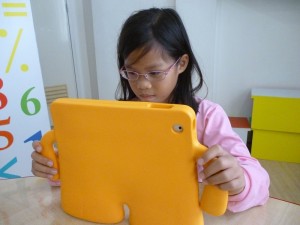Use of technology in education, collectively known as ICT (Information and Computer Technology) has been proven to positively affect student achievement in school most specially when ICT directly complements the teaching methodology and principles (Knowledge Map www.infodev.org). The same study also supports that the use of ICT greatly contributes to student motivation in learning. Kids want to learn more when they are having fun. Moreover, Singapore’s Ministry of Education (2012) says that “ICT tools can help students understand mathematical concepts through visualizations and representations. They can also support exploration and experimentation and extend the range of problems accessible to students.”
See how Mathemagis uses the latest in educational technology to make learning fun and effective.
